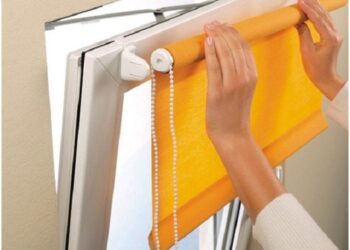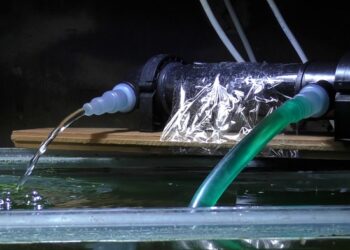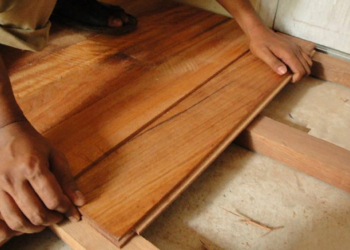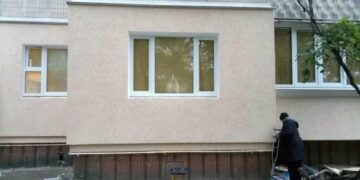The prevalence and reliability of flash drives allows you to use this type of gadgets not only for storing information, but also as a boot device. The creation of a booting USB drive allows you to solve the problems of installing or updating the OS on a PC or laptops that are not equipped with an optical drive. However, the owners of technology with an optical “reader” also take this opportunity. Why don’t you join the army of supporters of USB-boot devices.
After all, for this you need to do quite a bit, namely:
Buy a USB drive. Better compact “flash drive”, with a capacity of at least 512 MB and no more than 2 gigabytes.
Modern motherboards equipped with current versions of BIOS, without complaints, perceive the USB drive as a boot device. Outdated Motherboard, or rather, not the most modern versions of BIOS, do not perceive the USB drive as a boot device, but this is easily treated with “reflashing” BIOS. Therefore, if you are the owner of the Motherboard outdated sample, then take care of your BIOS.
This ends the preliminary stage and work begins on the transformation of the USB drive into a boot device. To do this, you need to perform the following actions:
Format the “flash drive” according to the standards of the ancient file system FAT 16, since even modern versions of BIOS perceive the boot carrier only this format. But keep in mind that the standard Windows utility is not suitable for these purposes. The best choice will be the Hewlett-Packard software product-USB Disk Storage Format Tool. In the File System sector, we indicate the value of FAT, and in the Volume Label sector we gain a sequence of 5-10 characters-the future “Tom Tag”
On the prepared “flash drive” we copy the NTLDR, boot files.Ini and NtDetect. All three files can be found in the Windows folder.
We test the resulting alloy of iron and programs. To do this, try to load from our “flash drive”. If everything went smoothly, that is, you did not see the shocking inscription “Hal Not Found”, then we go to the fourth point. Otherwise, we will need to conjure a little with the BIOS options-activate the FIRST BOOT DEVICE for USB-HDD; Run the USB 2 controller.0; extend the timing for a USB drive. Usually this will be enough.
We create a USB version of the Windows operating system. To do this, you need to go through three stages. The first is the release of Windows from unnecessary components. To do this, copy the installation package in one of the folders on the hard drive and clean the excess. This process can be simplified by processing a copy of the installation disk by the NLITE program or any analogue.
The purpose of our actions is to clean the Windows distribution from not the most necessary components. At this stage, you need to work especially carefully. Since you can accidentally remove a really desired component from the distribution.
The second stage – we create a set of additional installation programs that are not included in the official version of the Windows distribution. After that, your loading bag will be able to install not only OS, but also a lot of concomitant programs. For better integration of additional software into the distribution of the operating system, you need to apply the Bart’s PE program – allows you to activate additional installation packages. In addition, this program transforms the files that turned out after the NLITE, allowing you to prepare a full-fledged installation Windows package. Without this processing, NLITE files cannot be launched in a boot mode.
The third stage is a record on the USB launch vehicle of the results of our work. This procedure is performed using the already mentioned Bart’s Pe Builder program. To start copying, you need to connect an absolutely “clean” flash drive to the computer and activate the Build option. Then you need to start the Peinst file from the catalog of this program. Next, follow PE Builder prompts until you see the message “Installation Completed”.
Test the finished version of the Windows USB-District.















